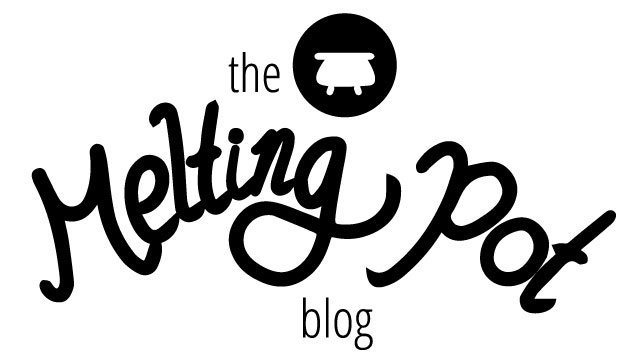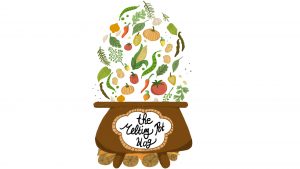Cacao Currency
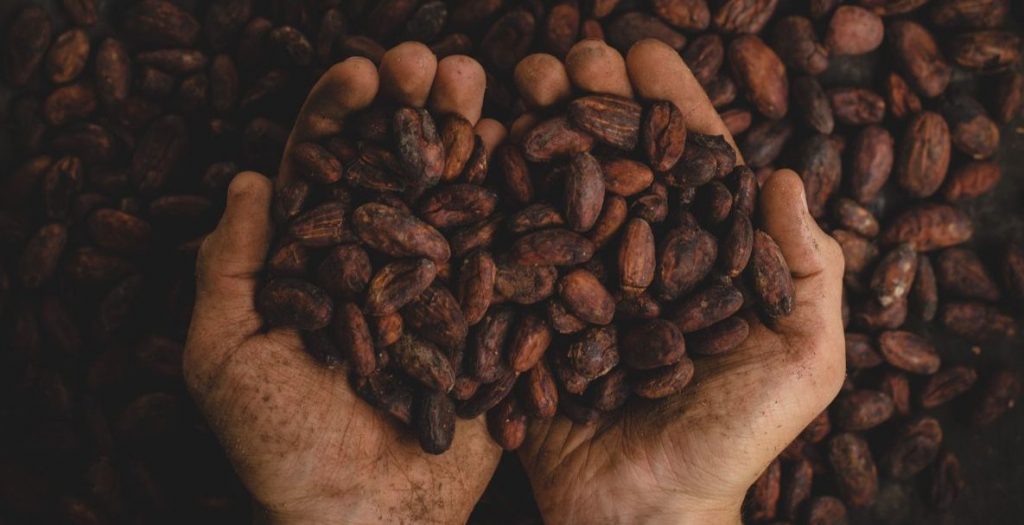
Cacao or Cacahuatl (Nahuatl word for Cacao) was domesticated over 5,000 years ago. It is believed to be more valuable than gold; a gift bestowed from their gods. During the Ancient times it was deeply revered, a symbol for status & prosperity.
Mayans used Cacao as currency & only the elite Aztecs were afforded the luxury of consuming cacao beans as on a daily basis. For everyone else, it was drunk on celebratory days.
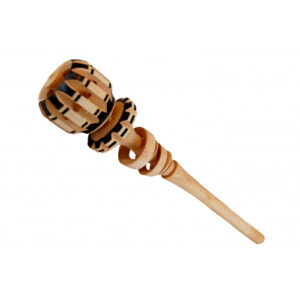
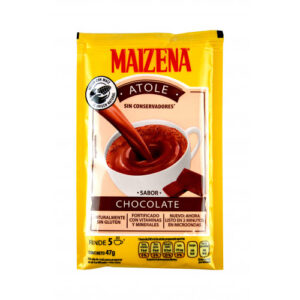
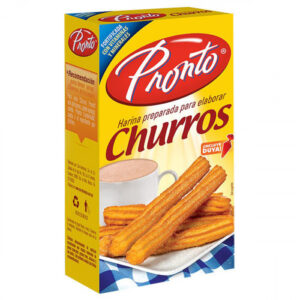
Xocolatl is a beverage that was made by crushing & mixing cacao beans with water using a special chocolate whisk known as a molonillo. Which was re-invented by a Spanish colonialist in the 1700’s to assist in the frothing of the cacao mixture. The molonillo or whisk was then rotated between the palms to churn and froth the beverage along with some chili & vanilla. They named this beverage Xocolatl which comes from the Nahuatl language, translating to ‘bitter water’.
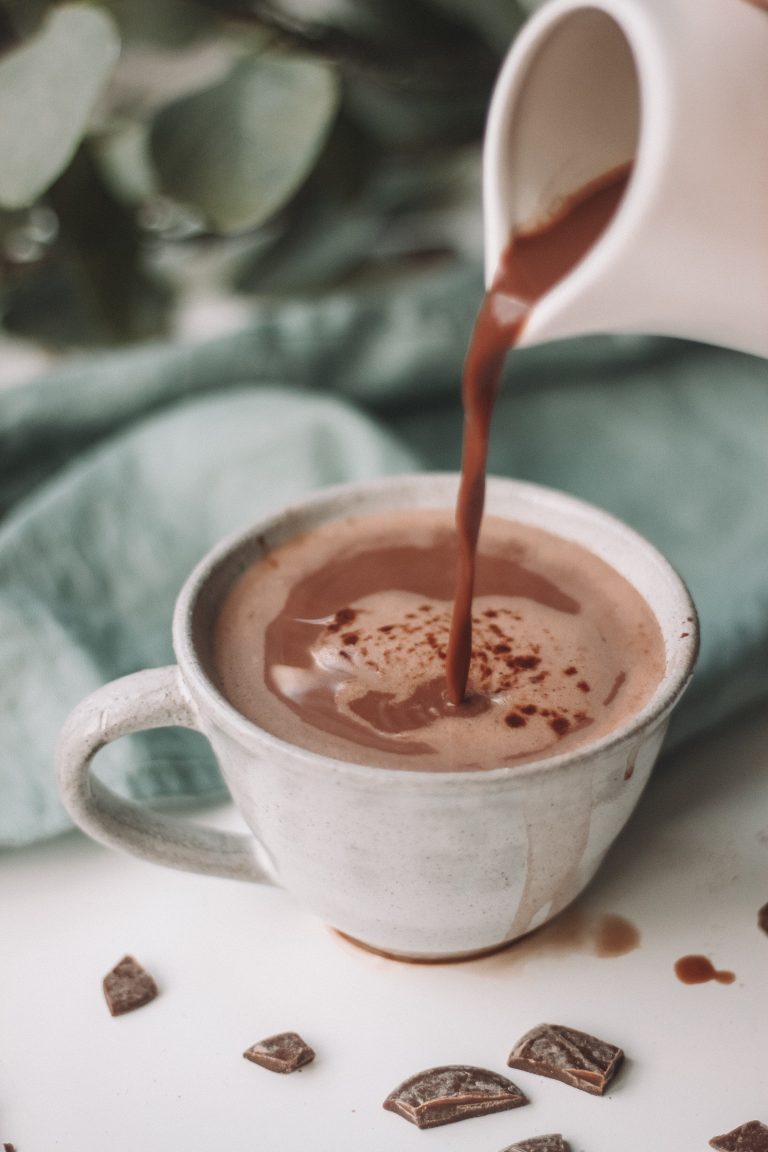
The Olmec’s are considered to be the earliest civilization that started on the gulf of Mexico. Believed to be the genesis & inspiration for generations there after. Cacao or Kakawa was domesticated over 5,000 years ago and was believed to be more valuable than gold; a gift bestowed from their gods. It was deeply revered, a symbol for status & prosperity. For the Mayans, chocolate was a ceremonial drink that was incorporated into weddings, deaths & the forming of friendships or allegiance.
The Health Benefits Of Cacao
Aztec ruler Montezuma II drank litres of it everyday, believing it to be an aphrodisiac & a powerful form of sustenance that could get you through the day. Montezuma II considered it powerful enough, to have reserves of it for his military.
This comes as no surprise. Cacao is rich in Iron, Protein, Magnesium, Potassium, fiber & flavonoids. It is packed with various health benefits. Flavonoids are beneficial for inflammation, lowering blood pressure & protecting against oxidative stress.
The statement contains some inaccuracies. While “Theobroma” indeed means “food of the gods” in Greek, it’s not the botanical name for the cacao plant. The botanical name for the cacao plant is “Theobroma cacao,” with “Theobroma” being the genus and “cacao” being the species. So, “Theobroma” is part of the botanical name but not the entire name.
As for the second part, the statement is correct in noting that theobromine is a compound found in cacao. However, attributing the “feel-good” feeling of chocolate solely to theobromine is not entirely accurate. While theobromine does have stimulating effects, the “feel-good” feeling associated with chocolate is primarily due to other compounds such as phenylethylamine and serotonin, which can have mood-enhancing effects. Additionally, the sensory experience of consuming chocolate, including its taste and texture, also contributes to its pleasurable effects.
Theobroma cacao, commonly known as the cacao tree, holds significant importance in human history as the source of cocoa beans, which are used to produce chocolate. The term “Theobroma” indeed has an interesting origin. It was Carl Linnaeus, the father of modern taxonomy, who coined the genus name “Theobroma” in 1753. The name is derived from the Greek words “theo” meaning “god” and “broma” meaning “food,” hence “food of the gods,” reflecting the reverence ancient civilizations held for the cacao plant.
As for the second part of your statement, it’s almost accurate. Theobromine is indeed a compound found in cacao, along with caffeine, but its effects are slightly different from what you described. While theobromine does contribute to the pleasurable sensations associated with consuming chocolate, it’s not solely responsible for the “feel-good” feeling. Theobromine is a mild stimulant and, unlike caffeine, its effects are milder and longer-lasting. It’s also known to have a relaxing effect on smooth muscles, which might contribute to the overall sense of well-being experienced after eating chocolate. However, other compounds in chocolate, such as phenylethylamine and serotonin, also play roles in influencing mood. So, while theobromine is certainly a part of the chocolate experience, it’s not the sole cause of the “feel-good” feeling.
